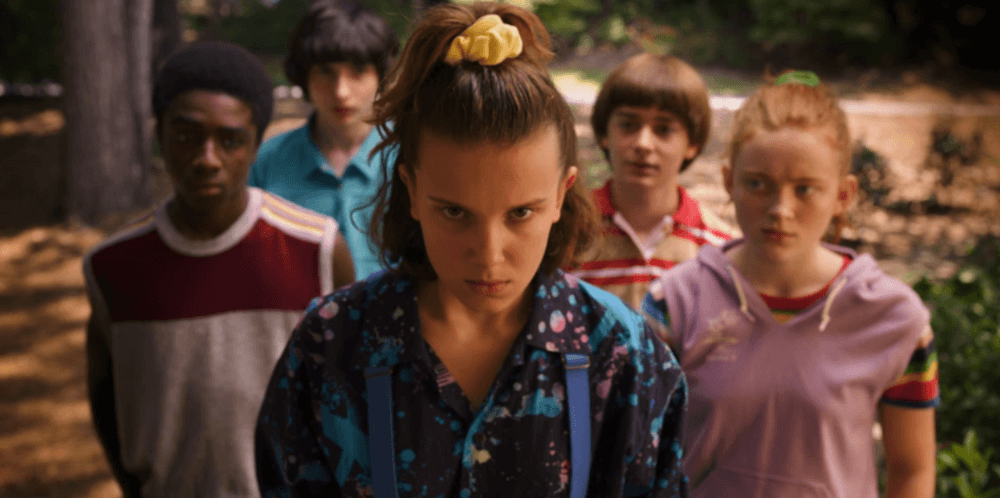The latest hit show on television is the result of an innovative distribution model and content from the past. Stranger Things, a Netflix original series set in 1983, is now streaming online.
It is a challenge to the convention of network drama behemoths beaming dramas into homes at a time of viewers’ choosing, according to the BBC and NBC.
On July 15th, Netflix released Stranger Things: Season 1. Netflix, much to the chagrin of media pundits and rival networks, is tight-lipped about its audience size and demographics.
According to data from US media measurement company Symphony AdvancedMedia, Stranger Things averaged 8.2 million viewers aged 18-49 in its first 17 days on Netflix. During the same time period, House of Cards surpassed Orange is the New Black and Fuller House to become the third most popular Netflix show. Symphony CEO Charles Buchwalter described it as a “great start.”
Stranger Things has defied the odds, according to Netflix’s preferred metric – a flood of positive media coverage from both traditional and social media. Stranger Things serves as the inspiration for Netflix’s first virtual reality experiment, a 360-degree video that was released on YouTube on Thursday.
Netflix has not confirmed a second series, but CEO Reed Hastings told the Guardian that it would be “dumb” not to. Matt Duffer, the show’s creator, has plans for a sequel. Because the first season ended fairly conclusively, this would be a sequel rather than a second season.
The story begins on November 6, 1983, in Hawkins, Indiana, a small town where stealing garden gnomes is a serious crime. When a 12-year-old boy goes missing while cycling near a secret government research facility, the town is visited by an apparent monster and a strange young girl named Eleven.
The Duffer Brothers, the creators of Stranger Things, were born in 1984 but spent a lot of time catching up with the culture that was emerging at the time. Their show is inspired by a well-known Steven and Stephen, who rose to prominence in the late 1970s and early 1980s. Numerous visual and narrative references to Spielberg era films such as ET and Poltergeist (particularly pre-teenage boys cycling into plot twists) and King stories such as ‘Salem’s Lot and The Shining (sleepy US towns are alarmingly transformed).
Screen references abound in The Duffers’ storylines, making it a joy for viewers to spot them. In 1984’s A Nightmare on Elm Street, Johnny Depp popularized the Romeo and Juliet trope of a high school swot studying in her room by climbing through the window. Nancy is the name of the young woman in both the film and the television show Stranger Things.
According to Variety, Stranger Things is part of Netflix’s “nostalgia strategy.” And, if that’s the case, the web network’s time machine appears to be aiming for the 1980s, when Ronald Reagan was twice elected president and the USSR was at war. Fuller House, a reboot of an 80s family sitcom, and The Get Down, a Baz Luhrmann drama set in New York in the late 1970s, are also available on Netflix.
Other artistic re-enactments of that time period include this summer’s remake of Ghostbusters and Showtime’s return of Twin Peaks next year.
Read More



